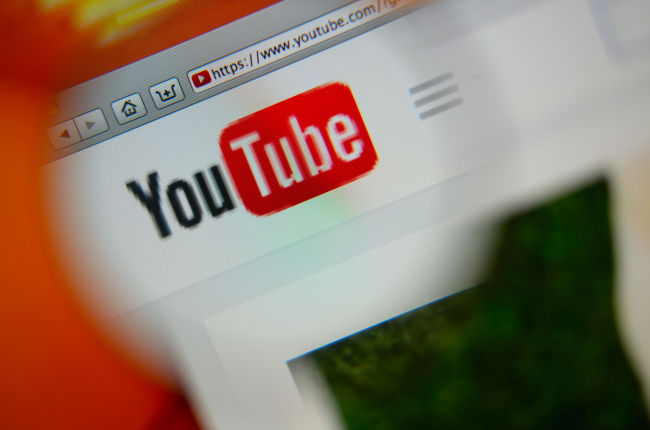As hundreds of companies around the world have pulled their advertisements from YouTube over inappropriate ad placement, Google is out to win back their trust by revamping its video sharing platform with the help of artificial intelligence and outside manpower.
The US internet giant is training its artificially intelligent computing programs to better recognize and discern videos considered objectionable while also inviting outside actors to verify ad quality standards on YouTube.
 |
(123RF) |
The move comes after more than 250 global companies, including big-spending advertisers such as AT&T, Verizon, Johnson & Johnson, PepsiCo and L’Oreal, recently left YouTube, complaining their ads were automatically appearing alongside videos that promoted terrorism, violence and racial hatred.
Similar actions were recently taken in South Korea, as the country’s biggest food company CJ CheilJedang halted its partnership with YouTube, which had attached a promotional ad for one of CJ’s products to offensive videos from Chinese users that degraded Koreans and Korean culture.
Despite Google’s initial response -- a public apology and a promise of new ad policies that would give brands more control over where their ads appear -- many firms are continuing with their YouTube boycott as they demand better quality assurance from the world’s largest seller of digital ads.
In hopes of reassuring its clientele, Google’s Chief Business Officer Philipp Schindler recently shared with the global media some concrete moves that the company has been taking to improve its ad placement system.
As a global service platform, YouTube’s new ad algorithm changes are universally applied, meaning they are effective for videos played in Korea or any other country.
According to Schindler, Google recently began using machine learning -- a high-level artificial intelligence algorithm that mimics neural networks to train itself on a task -- to build a system that can automatically classify what kind of content is being shown in videos and subsequently flag and filter out inappropriate content.
Based on human-verified examples of what is OK and not, Google’s computer software breaks down each YouTube video frame by frame to analyze each image. It also looks at the video’s description and other contextual cues to identify and conclude which videos are safe.
This is a much more complex task than using AI to recommend videos or strategically place ads on videos on YouTube, Schindler told Bloomberg in a recent interview.
“We switched to a completely new generation of our latest and greatest machine-learning models,” said Schindler. “We had not deployed it to this problem, because it was a tiny, tiny problem. We have limited resources.”
The Google CBO pointed out that the problematic YouTube videos that had displayed corporate ads, had represented less than one one-thousandth of a percent of their total ads shown on the platform.
In addition to AI, Google is working with third-party companies to offer added monitoring and verification services for corporate ads shown on YouTube -- a service that companies have demanded from Google in the past.
"As part of our commitment to provide even more transparency and visibility to our advertising partners, we’ll be working with trusted vendors to provide 3rd party brand safety reporting on YouTube," Google said in a statement.
"We are working with companies that are MRC-accredited for ad verification on this initiative and will begin integrating these technologies shortly," it added.
The US internet giant has already made quick progress in the past two weeks, flagging five times as many videos as "non-safe" or disabled from ads, than before, according to Schindler.
Other safeguards adopted by Google immediately after the start of the YouTube ad controversy last month include changing the default setting for ads so they are shown only on content verified as “highly safe,” while giving brands the option to advertise on broader types of content if they wish.
In addition, Google has added new account-level controls that make it easier for brands to exclude higher risk content and fine-tune where they want their ads to appear.
“Many advertisers never left and many have decided to come back. While they know that no system can be perfect, they appreciate the actions we’ve taken and know we are taking this seriously and are committed to getting better and better.” Schindler said in a statement.
By Sohn Ji-young (
jys@heraldcorp.com)








